The Hokuriku Shinkansen connects Tokyo with the Hokuriku region, an area along the Sea of Japan in central Honshu. In March 2024, the line was extended to Tsuruga station in Fukui Prefecture, enabling speedy access from Tokyo via Kanazawa City. Once in Tsuruga, the small but largely pleasing Port of Humanity Tsuruga Museum welcomes those who make the journey on the bullet train.
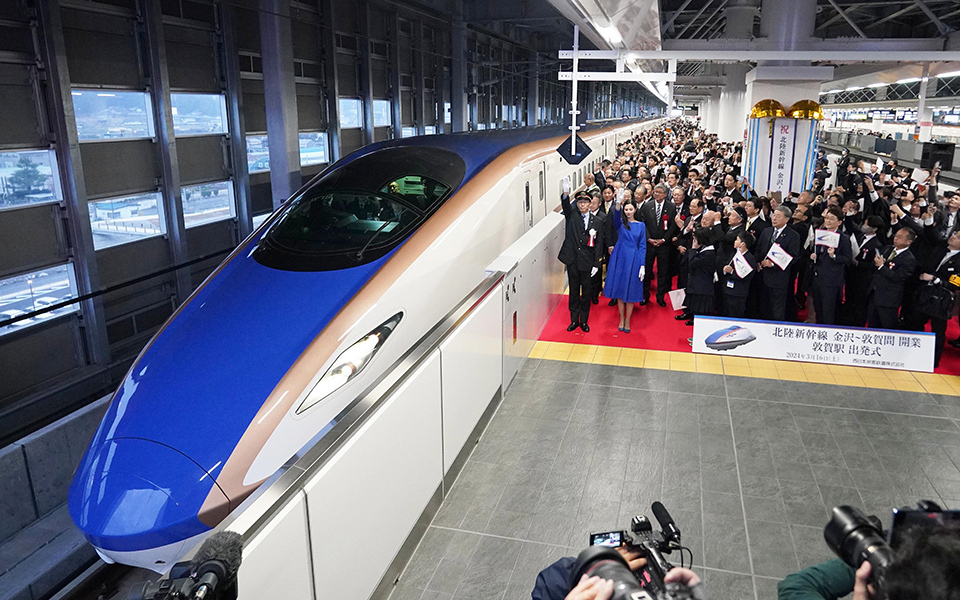
The Kagayaki 502, the first Hokuriku Shinkansen train bound for Tokyo, departed from Tsuruga Station at 6:11 a.m. on March 16, 2024. SANKEI
The Hokuriku Shinkansen, the bullet train that previously connected Tokyo Station to Kanazawa Station in Ishikawa Prefecture, saw its extension from Kanazawa Station to Tsuruga Station in Fukui Prefecture open on March 16, 2024. The new section shortens the travel time from Tokyo to Tsuruga by up to 50 minutes, allowing passengers to get there in as fast as 3 hours and 8 minutes. After leaving Kanazawa Station, the high-speed train passes through Komatsu, Kagaonsen, Awaraonsen, Fukui, and Echizen-Takefu stations before reaching Tsuruga Station.
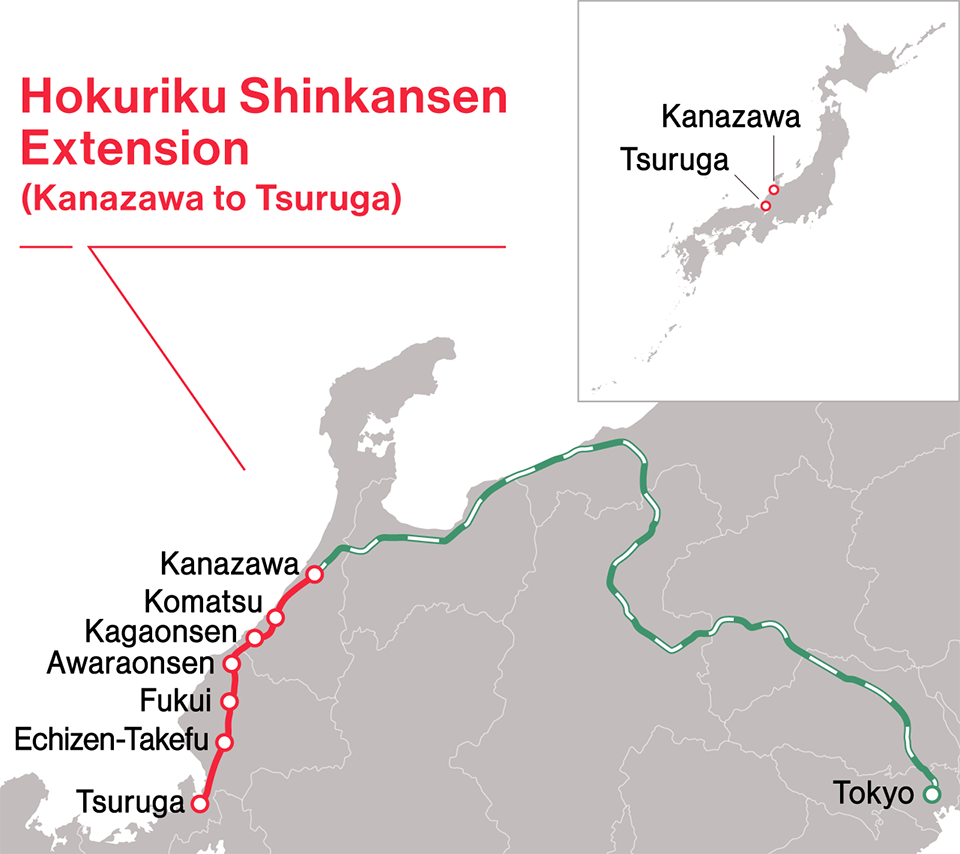
The current terminus of the line—and a place not to be missed—is the quiet and beautiful port city of Tsuruga. Tsuruga Port once flourished as an international hub connecting Japan to the European mainland via the Trans-Siberian Railway. It was the only port in Japan where Polish orphans, who lost their families in Siberia during the upheaval after the Russian Revolution, disembarked in Japan in the 1920s.
Tsuruga was also the only port where Jewish refugees, fleeing the Holocaust in the 1940s, landed with Japanese transit visas issued by diplomat SUGIHARA Chiune. Posted as acting consul at the Japanese Consulate in Kaunas, Lithuania during World War II, Sugihara is said to have saved thousands of Jewish refugees by issuing them visas. These became known as the “visas for life.”
The people of Tsuruga are said to have treated the refugees warmly, handing out apples and opening public baths for them to use. And so it was that the city became known as a “port of humanity.” To pass on this history to future generations, the Port of Humanity Tsuruga Museum was opened in 2008. Renovated in 2020 with even more extensive exhibits, the museum has been visited by a total of 410,000 people since it was first opened. Of these visitors, approximately 10,000 are from overseas, many of whom are Jewish.
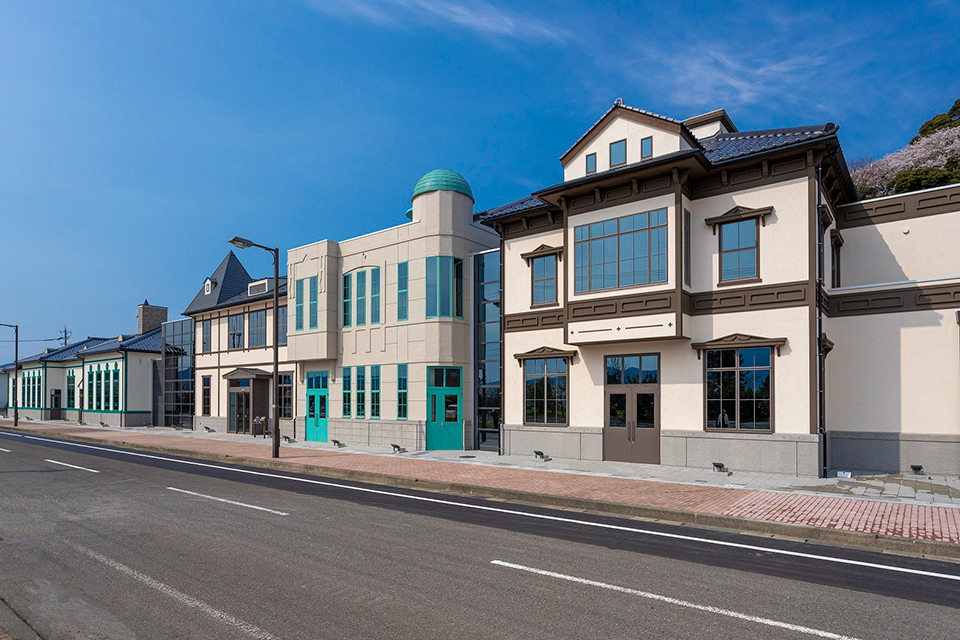
The Port of Humanity Tsuruga Museum was renovated in 2020. Its four buildings, including the former Tsuruga Port Station and Customs Office, were restored to their original locations.
NISHIKAWA Akinori, the museum’s director, recalled, “One Jewish man behaved very cheerfully when he arrived, but as he continued to explore the exhibits, his shoulders began to shake. It was then that I realized how people can be so moved when learning about their roots.” YAMADA Mami, a staff member at the museum, said, “Some visitors have told me how grateful they are to be here today because of the history of their ancestors’ landing in Tsuruga.”
In the museum, local high school students function as guides as part of their club activities. In the summer of 2023, 12 of the student guides were invited by the then-marshal (presiding officer) of the Polish Senate to visit the country.
In conjunction with the extension of the Hokuriku Shinkansen, the museum is also holding a special exhibition, entitled “Trajectory of the Museum,” until June 2, 2024. The highlight of the exhibition is the Osako Album, which contains photographs given by Jewish refugees to OSAKO Tatsuo, a staff member of the Japan Tourist Bureau, as a token of gratitude for his help on their journey to Japan.
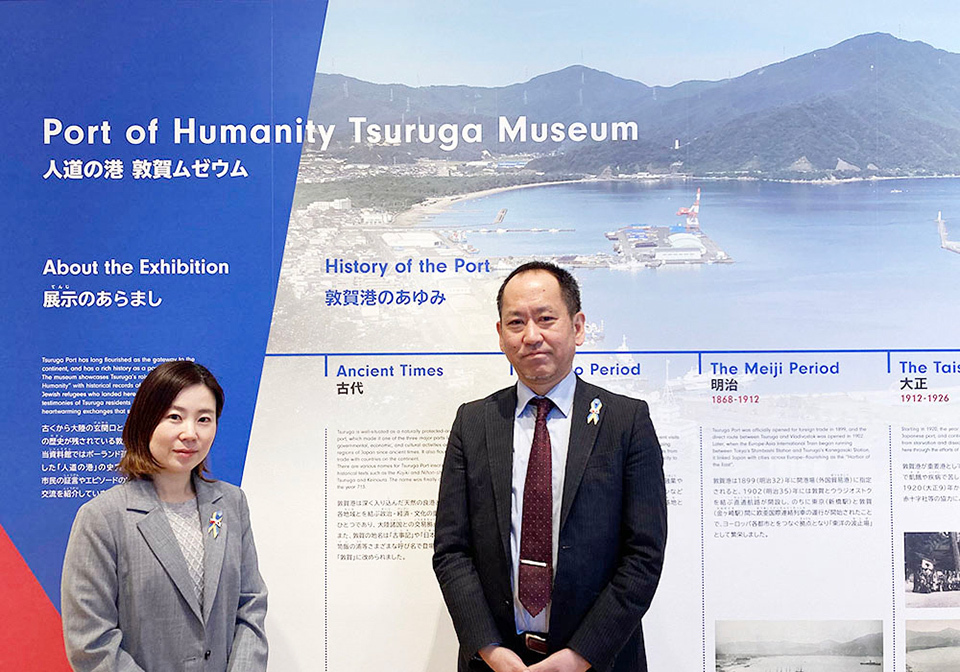
The Port of Humanity Tsuruga Museum Director, NISHIKAWA Akinori (right), and staff member YAMADA Mami (left).
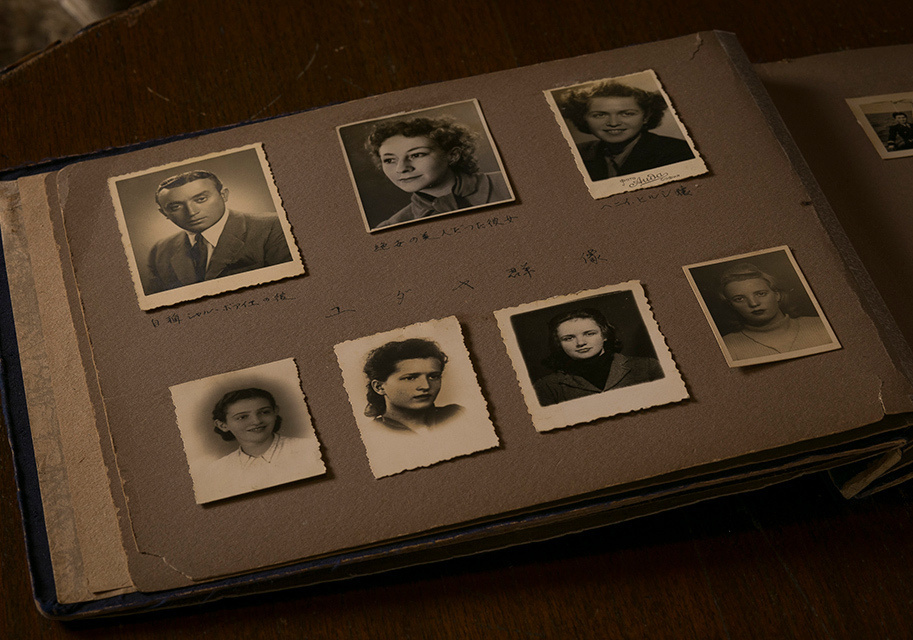
The original Osako Album is on display at the “Trajectory of the Museum” exhibition held to coincide with the Shinkansen extension. Photos are accompanied by words of gratitude from Jewish refugees.
“Although Fukui is known for such offerings as its seafood, Tsuruga is the only place where the history surrounding these humanitarian efforts can be found. I hope that many people will take advantage of the Shinkansen extension to come here and learn about it,” says the museum director.
With greater access from Tokyo, many people from Japan and abroad will no doubt enjoy traveling to Hokuriku by bullet train. Stepping off the train at the terminus in Tsuruga and spending some time pondering peace at the museum is sure to be an experience that will leave a lasting impression on anyone who makes the trip.






























